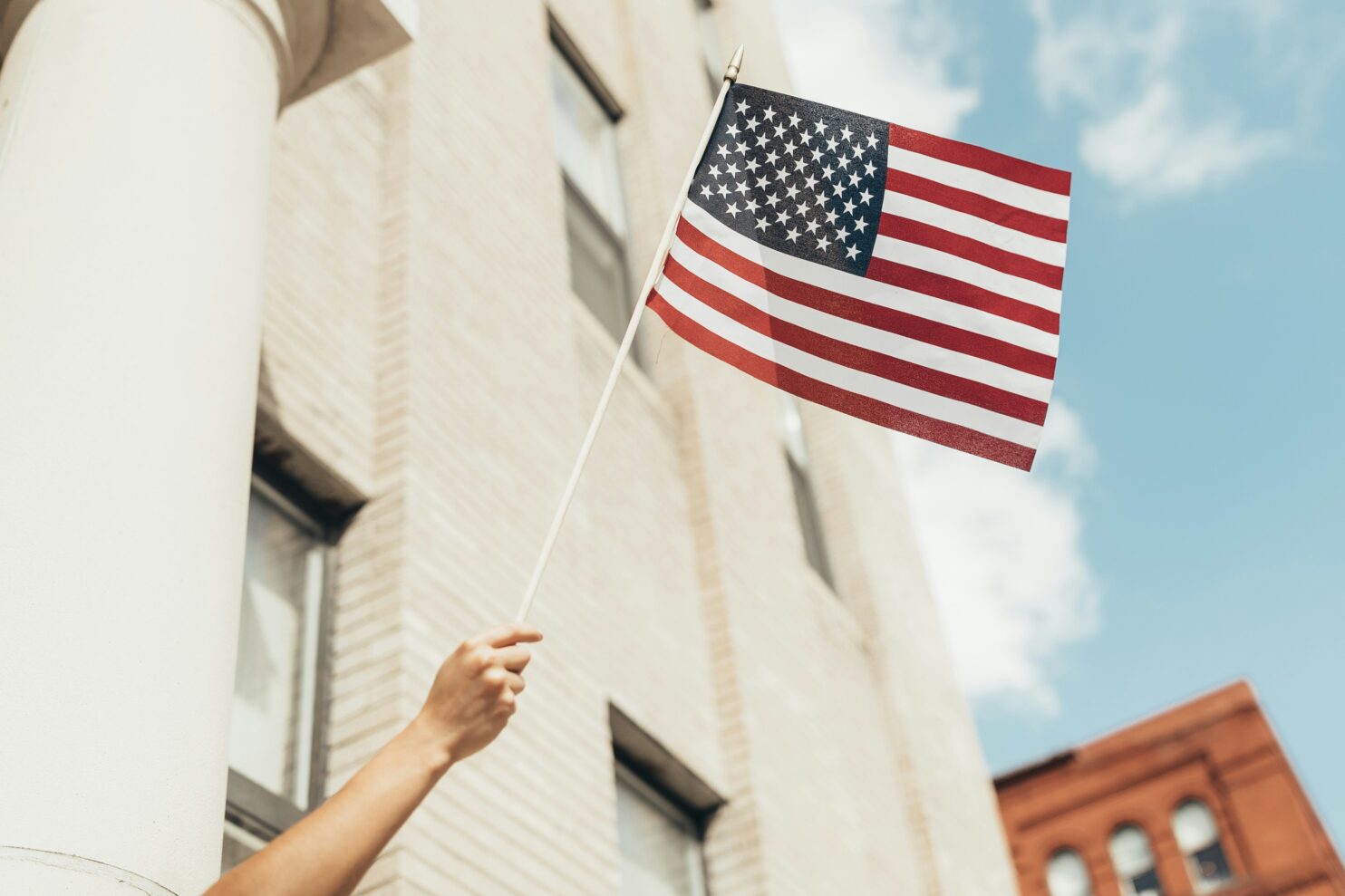In today’s rapidly evolving fashion landscape, the resurgence of “Made in America” is sparking vital conversations at the intersection of sustainability, technology, and economic growth. In the episode of the Clothing Coulture podcast “Rebuilding American Apparel: How Onshoring and Tech Innovation are Shaping the Future,” hosts Emily Lane and Bret Schnitker delve deep into the potential of re-establishing apparel manufacturing in the United States. They bring insights from their recent trip to North Carolina, exploring innovation hubs like Parkdale Mills and CiCLO, and discuss the technological advancements reshaping the industry to bring jobs back home.
Navigating the Pros and Cons of ‘Made in America’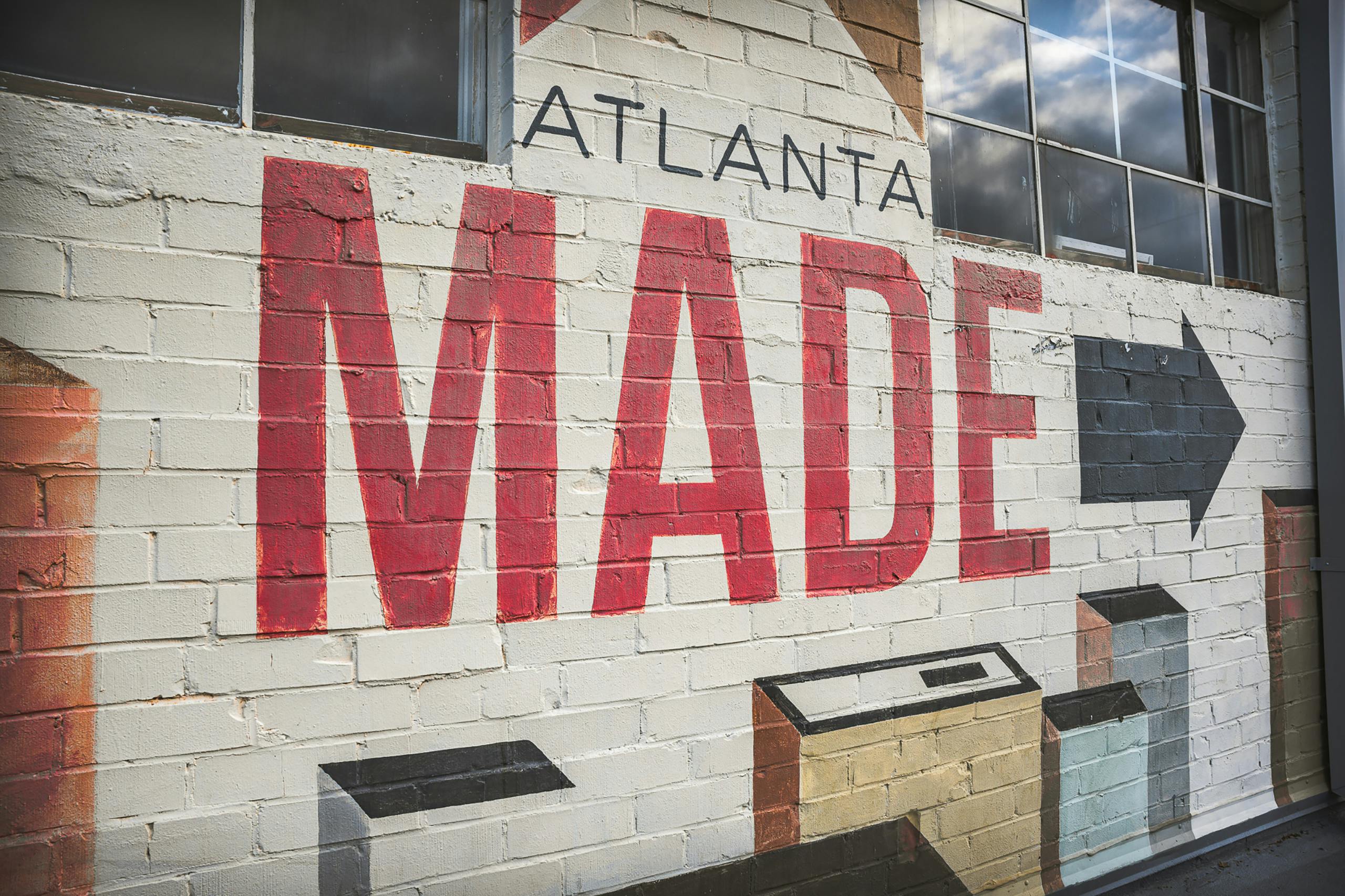
The “Made in America” movement in apparel manufacturing holds the promise of economic growth, job creation, and a resilient supply chain. Bret Schnitker articulates this by saying, “job creation, economic growth…that’s going to be a big conversation.” The potential for reducing lead times by having production closer to the market is a critical advantage. This proximity enables brands to react swiftly to sales trends and demands, allowing for a dynamic and responsive supply chain—something every retailer dreams of, as Emily Lane notes, “fill into demand.”
However, with these advantages come inherent challenges. The prospect of higher wages leading to increased production costs poses significant concerns. As Schnitker discusses, the apparel industry has long been associated with cost sensitivity due to its history of seeking “the last bastion of inexpensive labor.” Successfully relaunching production in the United States would require balancing higher wages with the ability to maintain competitive market prices.
The Role of Technology in Revolutionizing Apparel Manufacturing
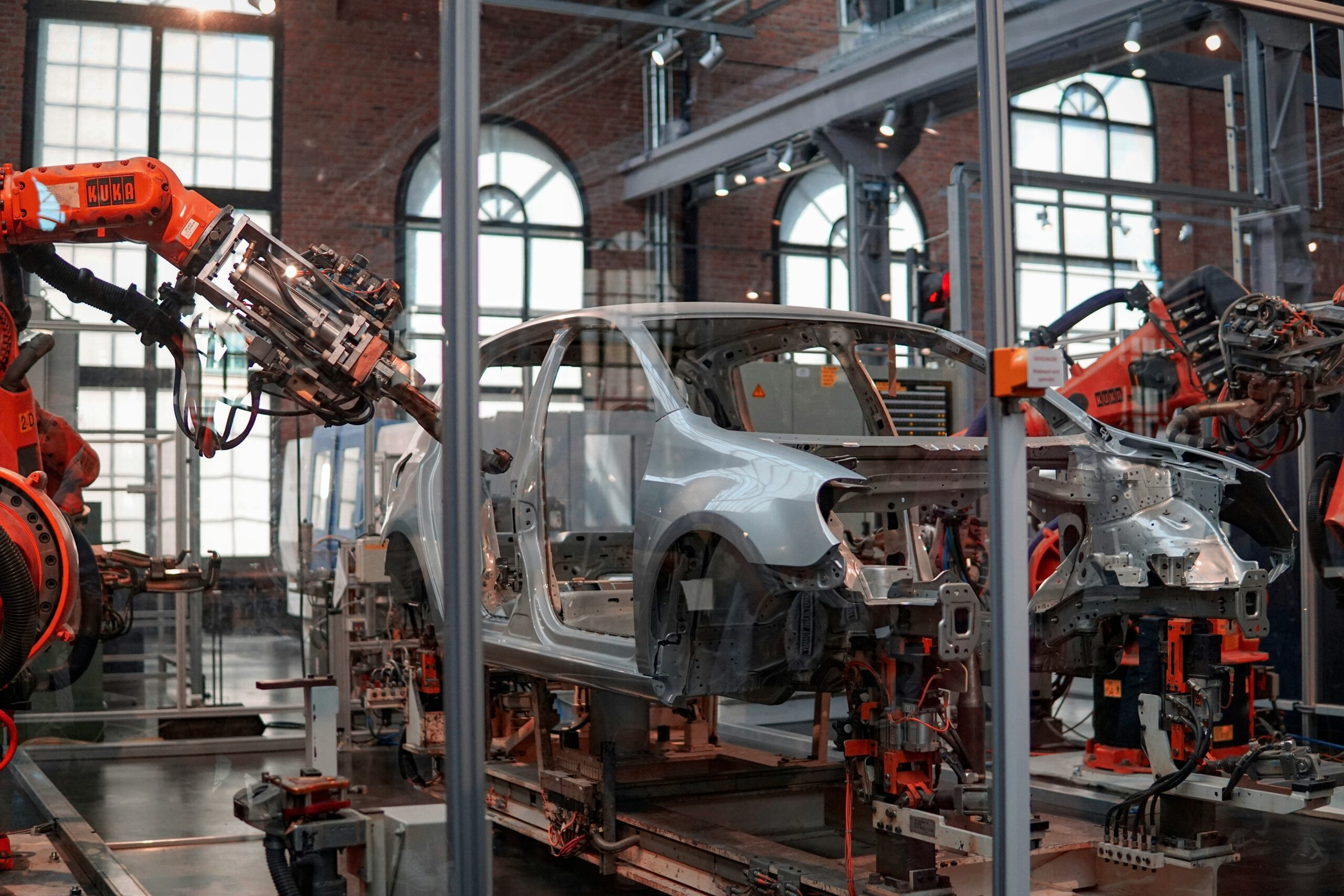 Throughout the discussion, Schnitker reinforces the influential role of technology in revitalizing American manufacturing, viewing it as a key enabler in overcoming cost challenges. As Lane observes during their visit to Parkdale Mills, “They have a lot of technology supporting what they’re doing.” Automation could minimize human error and enhance efficiency, compensating for the challenges of labor shortages and higher wages. Intelligently applied, it would allow a smaller workforce to manage large-scale operations efficiently.
Throughout the discussion, Schnitker reinforces the influential role of technology in revitalizing American manufacturing, viewing it as a key enabler in overcoming cost challenges. As Lane observes during their visit to Parkdale Mills, “They have a lot of technology supporting what they’re doing.” Automation could minimize human error and enhance efficiency, compensating for the challenges of labor shortages and higher wages. Intelligently applied, it would allow a smaller workforce to manage large-scale operations efficiently.
This technological advancement doesn’t merely mean fewer jobs. Instead, it signals a shift in the type of jobs available, calling for highly skilled roles in tech management, machine maintenance, and process development. Lane points out, “there are skills needed that can help interact with the technology, develop technology, maintain the technology.” This reframing places technology as a catalyst for job transformation rather than elimination.
Building a Brand Built on Quality: Consumer Perception and Marketability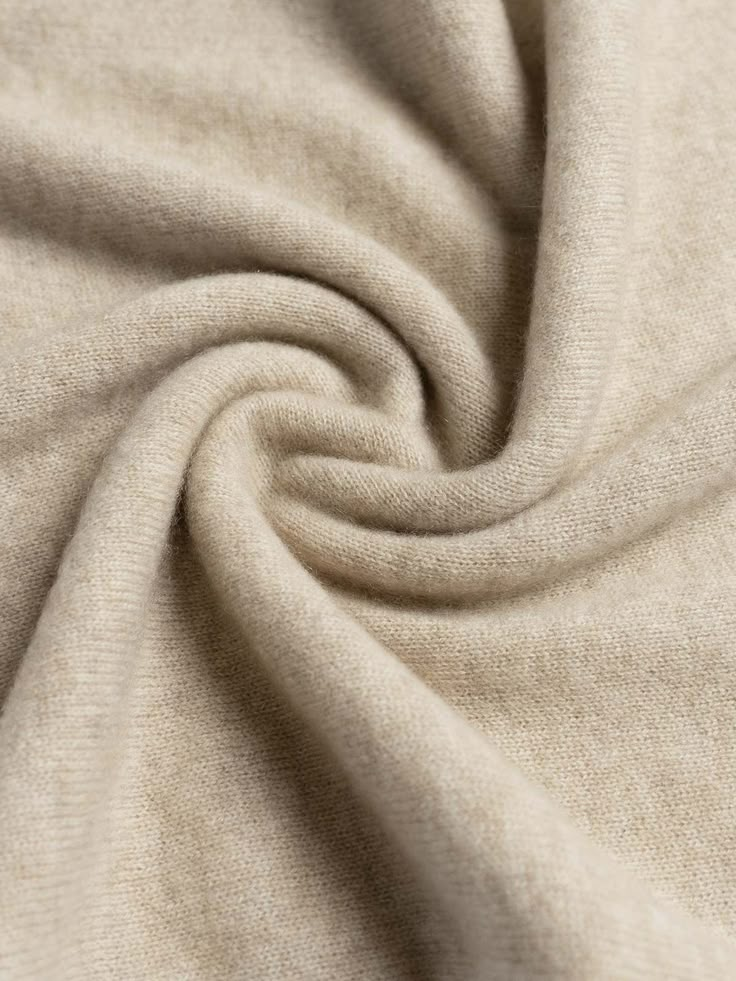
Made in America carries significant consumer appeal, with many associating the label with quality and authenticity. Schnitker reflects on Italy’s successful branding strategy, saying that “Italy did a very good job of creating this infrastructure where everything Italian was just better.” The question remains whether Made in America can cultivate a similar perception globally.
A shift in consumer expectations could contribute to overcoming cost challenges. The focus should be on creating products with longer lifespans and higher intrinsic value, encouraging consumers to invest in quality rather than quantity.
Fast fashion, while popular, may struggle against a shift towards sustainability and durability. As Schnitker suggests, “building a robust infrastructure upon better product that’s an investment in a wardrobe that lasts longer” could redefine consumer expectations.
 Navigating Cross Roads
Navigating Cross Roads
With the resurgence of “Made in America,” the apparel industry stands at a crossroads, where innovation, economic foresight, and strategic branding could redefine its future. The advantages range from job creation and local economic growth to enhanced supply chain resilience and sustainability benefits. By leveraging technology, it is possible to navigate the increased production costs and return consumer expectations towards quality and endurance.
The Opportunity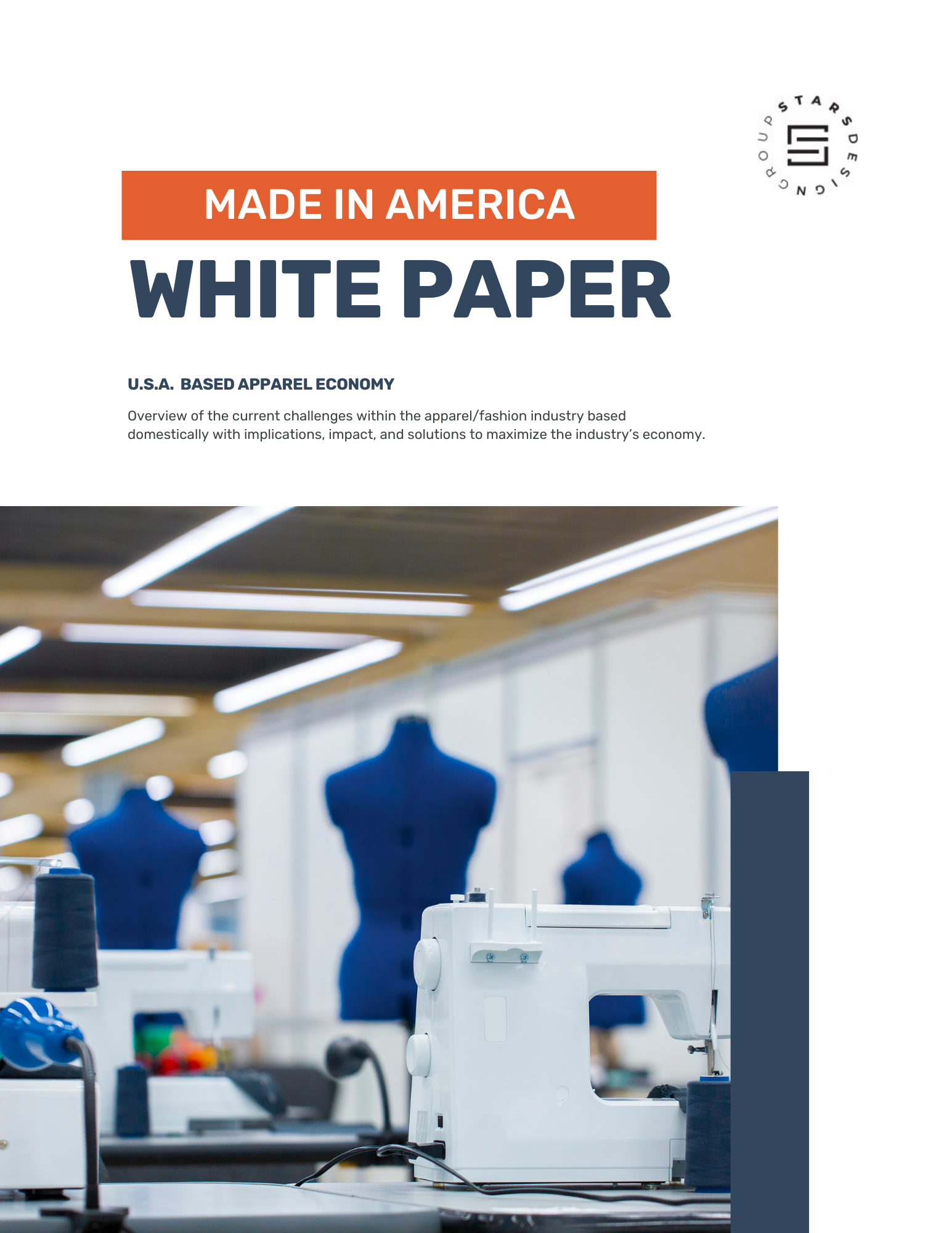
In the broader picture, the potential for international recognition and export success rests on America’s ability to brand its products with the same allure as Italy once did. As we witness the transformation of industry practices, these insights form a roadmap for future innovations and strategies. The Clothing Coulture episode suggests that while the path to substantial volume in American manufacturing may extend over a decade, the ongoing discussions and technological investments today are steps paving the way for a brighter future. For more information about made in America, we have a white paper download for viewing.
White Paper download coming soon.
*Note: This article is based on a Clothing Coulture conversation. All quotes are verbatim and direct from the transcript of the conversation.*
 About Stars Design Group: Founded by industry experts, Stars Design Group global fashion design and production house that helps clients bring their apparel to market. We consult, design, and facilitate production and delivery.
About Stars Design Group: Founded by industry experts, Stars Design Group global fashion design and production house that helps clients bring their apparel to market. We consult, design, and facilitate production and delivery.
Understanding that the apparel industry is about evolution and not revolution, we continue to refine the way the industry does business. Embracing the latest 3D design and development software, we help to refine the design and approval process in a digital landscape, paving the way for rapid decisions and execution of programs while reducing mistakes, improving fit, minimizing returns, and increasing profit margins.
With a network of 67 factories in 14 countries worldwide, our relationships are generations deep. Being diverse in our manufacturing locations, we are nimble in an ever-evolving landscape and provide ethically manufactured apparel and accessories.

